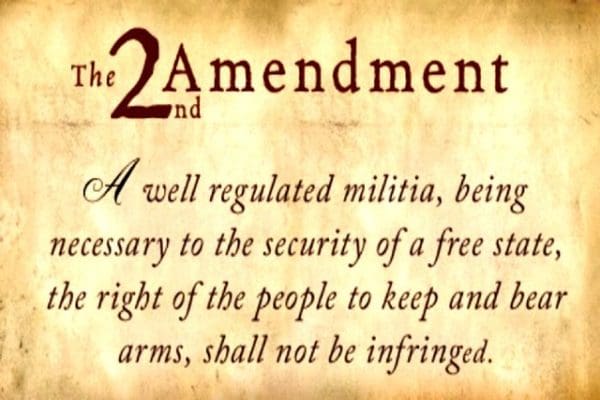Reader David H. writes:
How will the Supreme Court rule on the right to carry firearms they’re presented with a case? They already have, of course. Twice. In case you’ve forgotten . . .
In 2008, The SCOTUS ruled in Heller v. DC that the right to own weapons for personal defense was protected under the Second Amendment. Then, in 2010’s McDonald v. Chicago, the SCOTUS held that the Second Amendment is incorporated under the Fourteenth Amendment, therefore firearms rights are not subject to undue burden by state and local laws.
So, you ask, what does this have to do with carrying a firearm? The operative, declarative clause of the Second Amendment states, “the right of the People to keep and bear arms shall not be infringed.” The court held that “the People” was a clear indication of an individual right.
But, you say, Heller only ruled on the right to own firearms. That’s one way of looking at it, but the Heller decision was based on the Second Amendment, and McDonald established the Second Amendment was inviolate by state and local laws. To see how this impacts carrying a firearm, you need only do a little logical analysis.
The statement, “the right of the People to keep and bear arms shall not be infringed” is a clear, declarative statement. Written in a logical form, the definition of “the right” would appear: Right = Keep + Bear. Another logical statement: 5 = 2 + 3. Anyone who has mastered grammar school math knows that if you modify one term of an equation, you must modify ALL terms of the equation.
Now, lets look at the Second Amendment. Right = to Keep + Bear. If “Keep” is an individual right, the equation looks like this: Right = (Individually Keep) + Bear. It should be pretty obvious this doesn’t work. To balance the statement, if the right to keep firearms is individual, the the right to bear firearms must also be individual.
Individual must apply to all terms of the statement. Therefore the equation would look like this: (Individual Right) = (Individually Keep) + (Individually Bear).
There’s a famous modifier built into the Second Amendment, “shall not be infringed.” The courts have long ruled that placing an undue burden on the exercise of any civil right is the same as denial (infringement) of that right. So, by the Fourteenth Amendment, as noted by the McDonald decision, the Second Amendment, in its entirety, shall not be unduly burdened.
Class dismissed.
